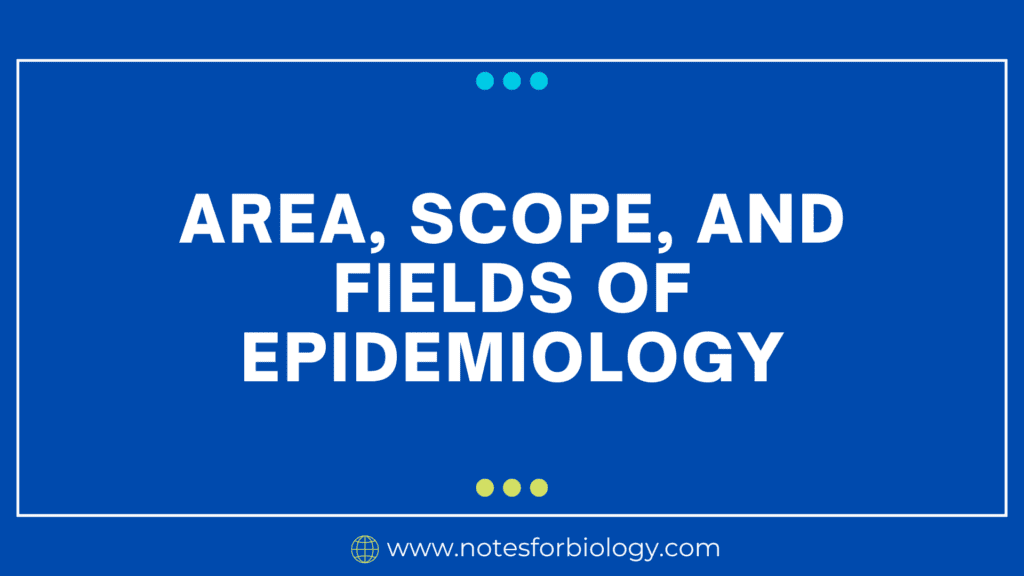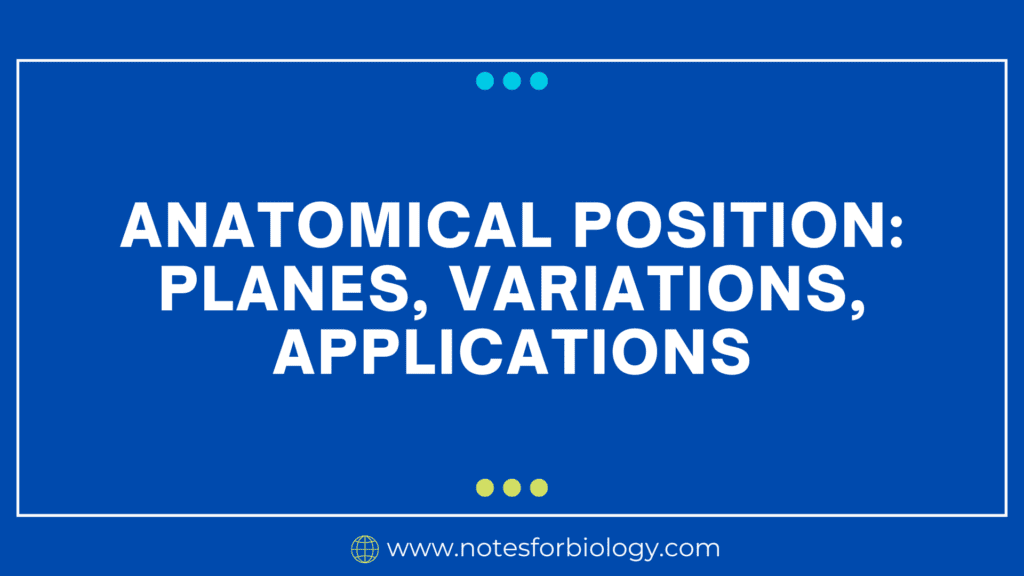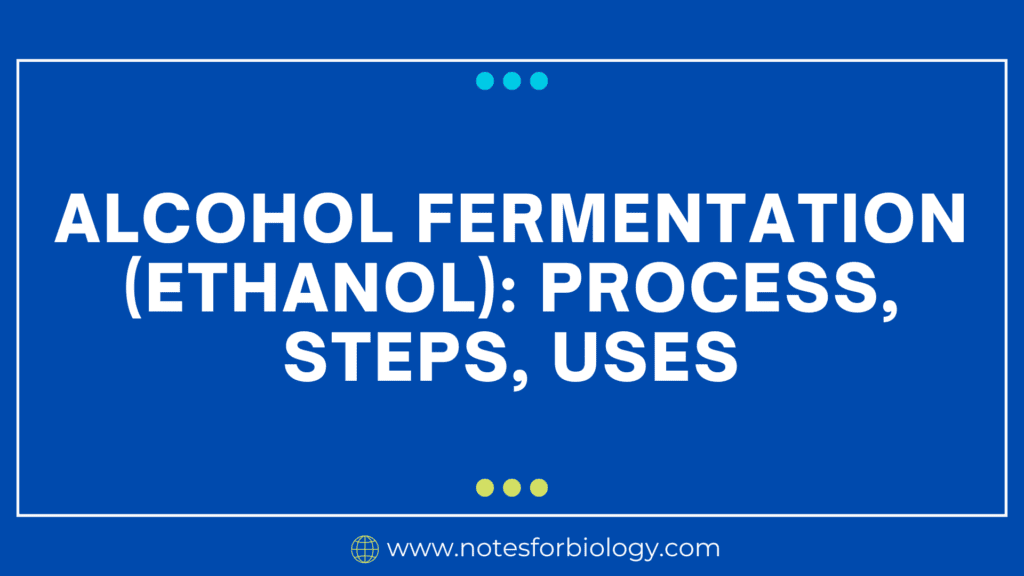Area, Scope, and Fields of Epidemiology
Epidemiology is a critical scientific subject that investigates the distribution and causes of health-related states or events within specific populations, with the goal of using this information to control and prevent health issues. Its broad scope of study includes infectious and chronic diseases, injuries, environmental health concerns, and genetic variables. It covers a wide range […]










